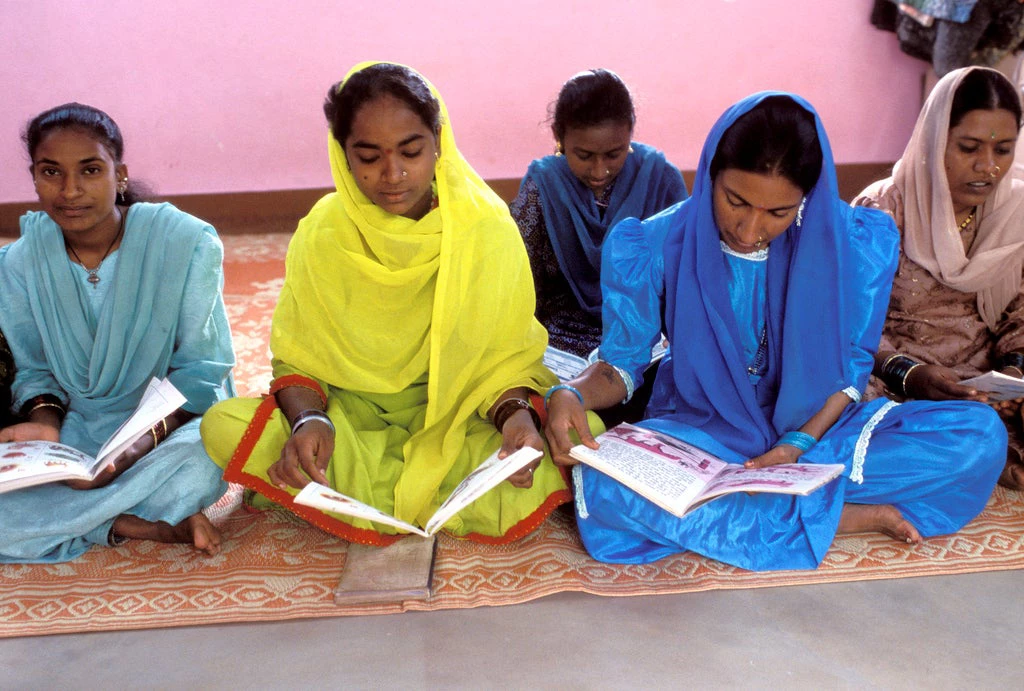
Parents love their children.
Farming is hard work.
The child is reading a book.
Children work hard at school.
These are the sentences that women ages 25-34— who reported their highest level of education as being primary school or less — were asked to read as part of the Demographic and Health Surveys (DHS) Woman’s Questionnaire.
The finding: Only half of young adult women could read all of a single simple sentence.
As Lant Pritchett and Justin Sandefur articulate in a recent Center for Global Development Policy Paper, across 51 countries with available data, only half of women who completed grade 6 could read the above sentences. The variation across countries is even more startling. In Rwanda, 97 percent of women could read a sentence, while in Nigeria, only 11 percent of women could.
Pritchett and Sandefur’s analysis underlines the relevance of the International Women’s Day (IWD) 2017 theme, #BeBoldForChange. The findings also highlight the importance of the World Bank Group’s efforts to promote girls and women’s empowerment through actions such as the commitment to invest $2.5 billion over five years through education projects that directly benefit adolescent girls. Achieving the Sustainable Development Goals for education by 2030 will require greater and bolder actions across the globe, with a strong focus on adolescent girls, the leaders of tomorrow.
According to the Global Education Monitoring Report (GEM) Gender Review, “by the 2030 SDG deadline, it is estimated that only 33 percent of boys and 25 percent of girls will complete upper secondary education.” In 2014, of the 32 million girls who were out of school, it is expected that 47 percent will never go to school.
The World Bank Group is working with young women, communities, and countries to support adolescent girls and to ensure that young women have the support and opportunity to complete their education and make decisions about their own futures. For example, as noted in the GEM Gender Review, enforcement of early marriage laws would result in increasing years of schooling in sub-Saharan Africa by 39 percent and while early marriage rates have decreased globally, approximately 15 million girls annually are married before age 18. The majority of these young women live in the poorest households and rural areas of sub-Saharan Africa and Southern Asia.
As we approach the Fourth Industrial Revolution and are increasingly confronted with demographic shifts, instability, and climate change, the world must adapt. In this context, the IWD 2017 call to action may be bold but is also necessary.
Today’s young women are tomorrow’s workforce, and this workforce will need to possess skills to be globally competitive. Indeed, it should not be bold to imagine a world where all women aged 25-34 can read, understand, and have lived the sentence “Children work hard at school.”
Click here for an update on the $2.5 billion pledge, with news from Uruguay and Haiti.
Find out more about World Bank Group education on our website and on Twitter.



Join the Conversation